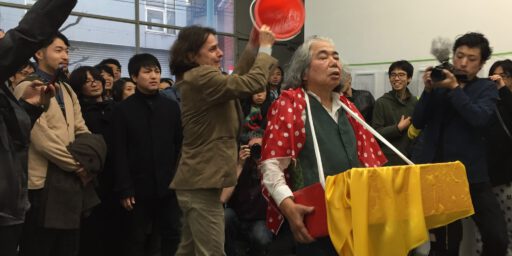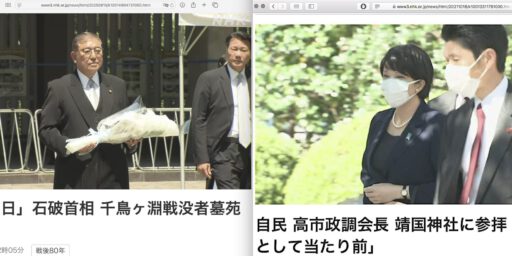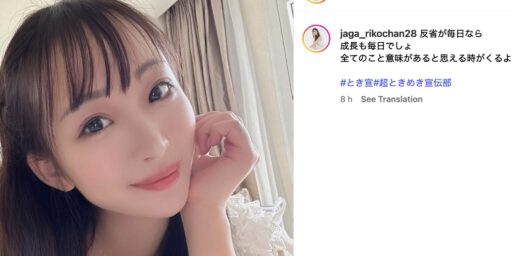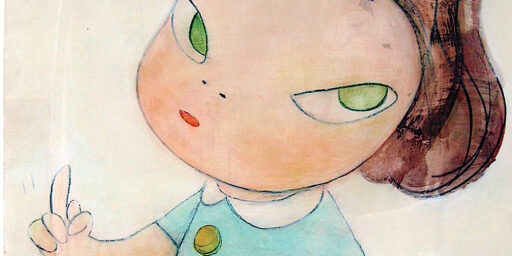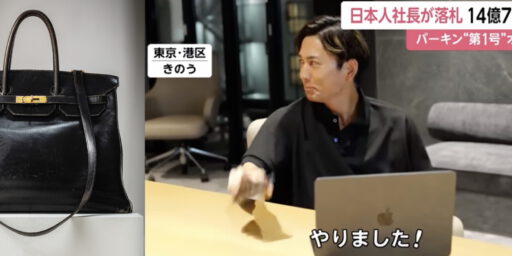エズラ・ボーゲル Ezra F. Vogel

アメリカの著名な東アジア研究者で「ジャパン・アズ・ナンバーワン」の著者として知られるハーバード大学のエズラ・ボーゲル名誉教授が、東部マサチューセッツ州の病院で死去しました。90歳でした。
Once you accumulate knowledge about an interesting topic you want to share your analysis, opinion, affection with the world. The more personalised, the more you can talk, explain, prevent misunderstandings, prevent misperceptions, – the better.
The Japanese experience.
The longer you live in Japan, the more you know through your personal experiences all the facets of the society.
You become more careful with your words.
You become more careful in comparing countries with each other.
My arrival in Japan overlaps Ezra F. Vogel’s book “Japan as No.1”, first published in 1979. The local media hype is understandable after the book was translated into Japanese. As in other countries, too, local people like to hear positive things about one’s home country.
Same happened with Bruno Taut’s “Ich liebe die japanische Kultur”. Which I recontextualized with a painting in 2014, in the context of ‘Meltdown Fukushima’.
Exhibited in my solo show “The situation is under control” at the gallery Aoyama Meguro, Tokyo 2016.
Documented in my book with the same title, published by ART DIVER, Tokyo in 2016.
書名:『The situation is under control』
著:亜 真里男(あ・まりお/英語名:Mario A)
解説:市原研太郎
https://artdiver.tokyo/product/mario?lang=en&add_to_wishlist=3013
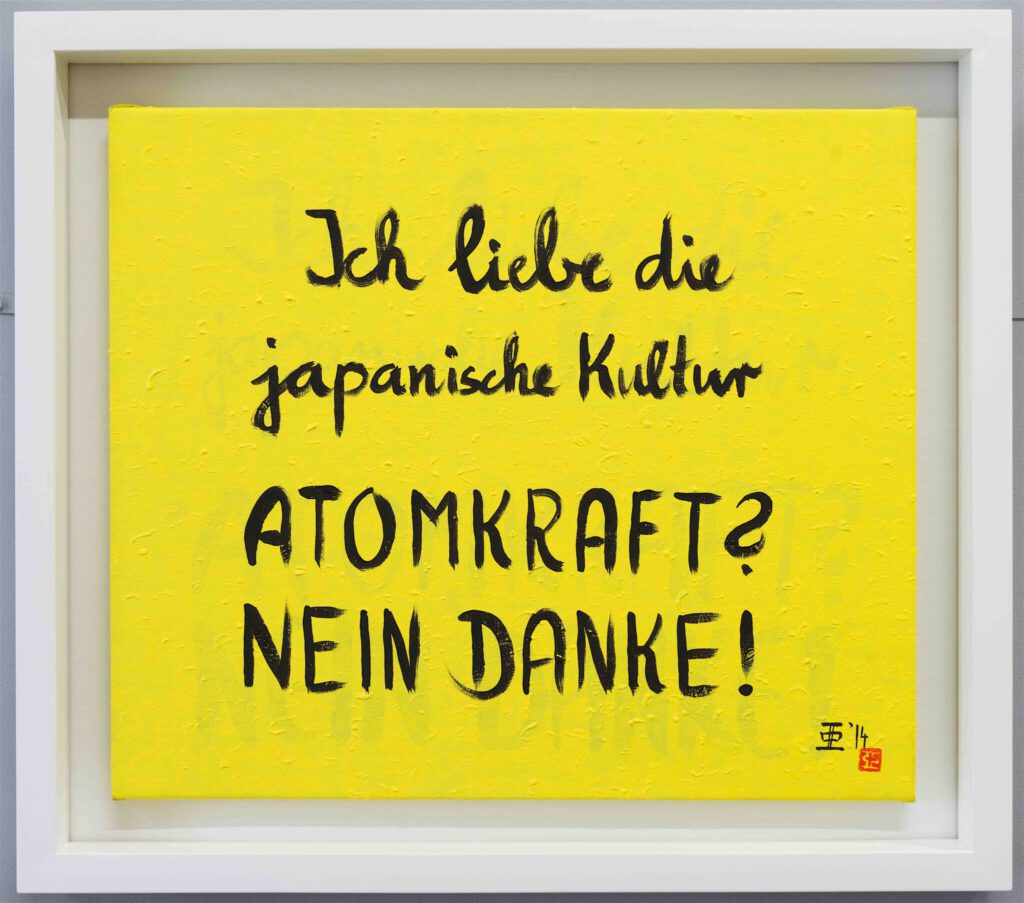
In comparison to Vogel, I am less focussed on the economic context of Japan’s development but on the socio-cultural status quo. As an artist based in Japan, an artist from Japan, my appreciations, my concerns, my energies are concentrated only in one aspect: “my Japan” that I love, and, my love towards its culture.
Since 1982 my artistic practice focussed mainly on Japan’s art and literature. My exhibitions, books, TV-programs and websites helped to nurture important cultural bridges.
With the internet, exchange of informations became easier, therefore misunderstandings, distortions slowly disappeared. Which has to be applauded.
Myself feels happy to have contributed an important part to Japanese contemporary art and culture. Exciting to see what kind of works I can create in the ‘now’ and the ‘future’.
Today, as an homage to Ezra Vogel, let’s remember his serious advice in the context of Japan’s history. Myself created a body of work called “ROBERTO (Roma -Berlin – Tokyo)” 2004, exhibited the same year in the Mizuma Art Gallery, Tokyo.
Documented in my book from 2004:
Mario A “The Japanese Artist”
Ronsosha Publishing House
マリオ・A 日本美術家 論創社
https://www.amazon.co.jp/マリオ・-日本美術家-マリオA/dp/484600435X
It very much relates to the same problem and consciousness: how the Japanese media and the Japanese school books teach history.
In retrospective, I can say, that I am the only Japanese artist who created a body of work focussing on the artist’s personal, own family’s history, as no other Japanese artist tried to challenge the same context of the fascism axis: Japan-Germany-Italy.
Now, let’s hear Vogel’s voice:
“From my perspective, many Japanese feel that what was bad was militarism and that ordinary Japanese did not do anything bad, but were, in fact, the victims,” Vogel said. “But from the eyes of foreigners, there is a decisive lack of awareness among the Japanese that they were the aggressors with respect to neighboring nations.”
As reference watch Hannah Arendt’s perspective:
Dear Ezra F. Vogel, may you rest in peace.
Tokyo, 2020/12/22
Mario A


